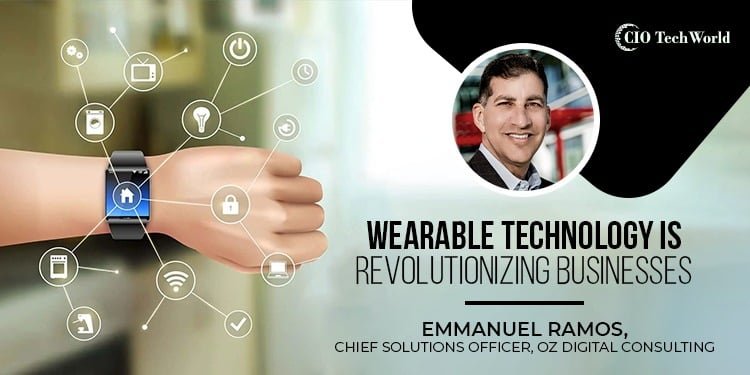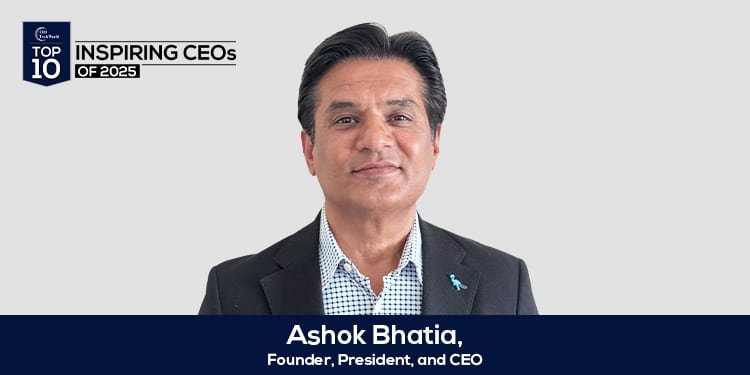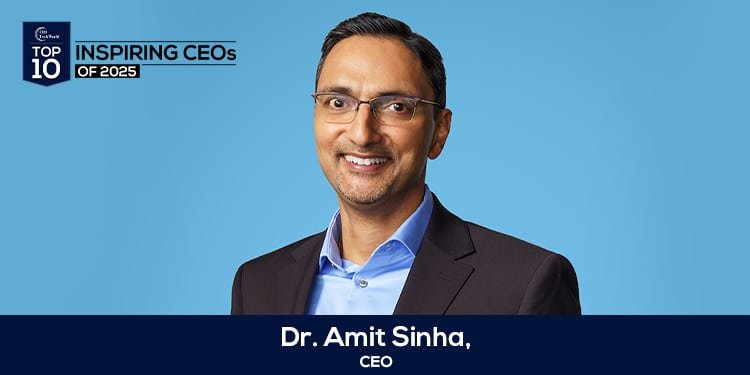Embracing wearable technology can be a game-changer for businesses.
The truth is, when it comes to enhancing productivity and decision-making capabilities, their top asset could very well be wearable technology.
Many are clueless about how to integrate this tech into their operations. This knowledge gap separates the traditional business from the futuristic enterprise. But if you don’t know how to harness wearables effectively, reaching that next level of efficiency may remain elusive.
Navigating through wearable tech integration isn’t easy.
A company owner I recently spoke with shared his frustration after investing in smartwatches for his team, only to find they were being used more for personal fitness tracking than work-related tasks!
This has made him hesitant about future investments in such technologies and worried he’ll never achieve the operational efficiency he desires through technological advancement.
No surprise there!
But let’s face it—businesses might just miss out on significant growth opportunities.
Harnessing Wearable Technology to Enhance Business Performance
Wearable technology holds immense potential for businesses.
In an era where efficiency, productivity, and profitability are key business objectives, wearable devices contribute preponderously to achieving these goals.
The Power of Wearable Devices in the Workplace
Tech leaders understand that developing effective wearable devices dedicated to workplace use can revolutionize operations.
From fitness trackers monitoring employee health indicators like heart rate and body temperature to compact ubiquitous computing modalities enhancing real-time data access—the possibilities are endless.
A New Era of Efficiency with Wearables
We’re talking about a world where existing biomedical wearable devices not only timely monitor patients’ health indicators but also aid in managing chronic diseases that require periodic monitoring.
This is achieved through simple collected health internal machine learning models incorporated into wearables. These help make sense out of raw data captured by sensors embedded within these gadgets.
Moving Beyond Conventional Boundaries: The Role of AI In Harnessing Potential of Wearables
The power doesn’t stop at conventional ECG systems applied on your wrist or chest. AI has been utilized to unlock the potential of wearables, going beyond traditional ECG systems. With AI integrated into wearables, we have moved beyond just capturing vital signs; now it’s all about predicting future outcomes based on current trends.
Pioneering Change Through Innovation and Integration
No longer do you need separate tools for different tasks – one device does it all. This inherent versatility widens the margin between traditional methods and new-age tech-driven solutions making them indispensable assets today.
Fostering Effective Human-Wearable Interaction Modes
Your smartwatch isn’t just a time-telling tool anymore; it’s become an extension of yourself providing insights right from sleep patterns, and workout regimes down to suggesting when you should hydrate.
Towards a Future Where System Failure Is Not an Option
The beauty lies not merely in what they offer but in how resiliently they function. Even if any part fails there’s always another system ready as a backup ensuring smooth functioning without interruptions.
You, see? We’re already living amidst groundbreaking advancements redefining our lives daily. Sounds exciting? Let us delve deeper into exploring ways executives leverage such technologies driving informed decision-making processes up next.
Leveraging Wearable Technology for Improved Decision Making
Wearable technology holds immense potential, not just in the consumer market but also as a powerful tool for business leaders.
The key is understanding how to leverage this technology effectively.
Forbes Tech Council highlights that wearable devices can provide real-time data and insights.
This information allows executives to make informed decisions quickly and accurately.
A major advantage of wearable technologies lies in their ability to timely monitor patients’ health indicators such as heart rate or body temperature.
In fact, existing biomedical wearable devices have already proven invaluable in chronic diseases where periodic monitoring is crucial.
We often think about fitness trackers when we talk about wearables, but they are capable of much more than counting steps.
These compact ubiquitous computing modalities can collect simple yet vital health indicators like sleep patterns too. It’s all thanks to internal machine learning models working behind the scenes on your wristband or smartwatch.
How do you translate raw biometric data into actionable insight? Here comes Artificial Intelligence (AI).
You see, conventional ECG systems apply AI algorithms to analyze heart rhythms captured by wearables.
This means CEOs, CIOs, and CTOs could harness this tech power beyond personal wellness tracking – imagine using it for stress management among employees.
If you thought wearables were only good at collecting physical stats—think again.
Cutting-edge research has been exploring effective human-wearable interaction modes which might soon enable us to control our office environment with gestures alone.
Imagine adjusting room temperatures or dimming lights without leaving your chair—now that’s what I call convenience powered by innovation.
It is evident why utilizing wearable tech could revolutionize the way businesses make decisions now, with so many potentials opening up.
Exploring the Benefits of Wearable Technology for Businesses
The rise in wearable technology holds immense potential not just for individuals, but also businesses.
From fitness trackers to more complex ubiquitous computing modalities, these devices are changing how we interact with technology and each other.
A New Way to Engage Customers
In a world where customer experience is king, wearable technologies offer new ways to engage and delight consumers.
Forbes reports that consumer-grade wearable devices dedicated to health coaching ensure companies can provide personalized experiences like never before.
Saving Costs Through Efficiency Gains
Beyond improving customer interactions, wearables can help reduce costs by increasing operational efficiency.
Take healthcare as an example: chronic diseases require periodic monitoring which often involves costly hospital visits or cumbersome home equipment.
With existing biomedical wearable devices capable of tracking simple collected health indicators such as heart rate and body temperature—akin to conventional ECG systems – patients’ conditions could be monitored remotely, saving time and money while ensuring timely monitoring of patients’ health indicators.
Catalyst For Growth and Innovation
We’re only scratching the surface when it comes to understanding what effective semi-autonomous wearable devices’ system fails or the inherent device’s margin lies within our grasp.
This opens up exciting opportunities for innovation across various sectors from retailing through manufacturing all the way to healthcare too. According to Forbes, many believe this space will contribute preponderously over the next few years due to its vast potential applications, especially those related to AI and Machine Learning Models integrated inside them, which allow us to study designs better, thus leading to higher productivity levels overall.
Last but not least is the importance of developing effective human-wearable interaction modes that can enhance user experience significantly by providing a more intuitive device output interface.
Conclusion
Wearable technology is no longer just a buzzword. It’s the key to unlocking unprecedented business performance.
This isn’t mere speculation; it’s backed by tangible evidence and successful case studies.
We’ve seen how this technology can streamline operations, enhance productivity, and boost profitability in workplaces of all sizes.
The power of wearable tech extends beyond operational efficiency, it also equips executives with real-time data for improved decision making.
But that’s not all. The potential benefits are vast: better customer experiences, cost reductions, new growth opportunities, and the list goes on.
Read more articles by Emmanuel Ramos:
Boosting Business Efficiency with Azure Machine Learning
Business Executives’ Guide to Low-Code/No-Code Platforms

As a visionary Business and Technology Leader, I bring a proven track record of driving innovation, fostering collaboration, and delivering exceptional results in fast-paced and dynamic environments. I have honed outstanding skills in articulating a compelling vision and rallying active support from internal executives, development teams, and client business and IT leadership. I am proud to be a member of both the Forbes Technology Council and HITEC (Hispanic Technology Executives Council), which underscores my commitment to being at the forefront of industry trends and developments.
My special talent is demonstrating value to clients at all touch points – I instill these concepts in my teams.








